
The Life of Surgeon Sauerbruch sometimes shortened to Surgeon Sauerbruch is a 1954 West German biographical drama film directed by Rolf Hansen and starring Ewald Balser, Heidemarie Hatheyer and Hilde Körber. It was shot at the Bavaria Studios in Munich and on location in West Berlin. It is based on surgeon Ferdinand Sauerbruch's memoirs Das war mein Leben, which were ghostwritten by Hans Rudolf Berndorff and were published in the German magazine Revue shortly before the release of the film. The film was shot from 26 September 1953 to 20 January 1954 in West Berlin, Munich, Frankfurt, and Hamburg. It premiered on 13 July 1954.

Heidemarie Hatheyer was an Austrian film actress. She appeared in 43 films between 1938 and 1988.
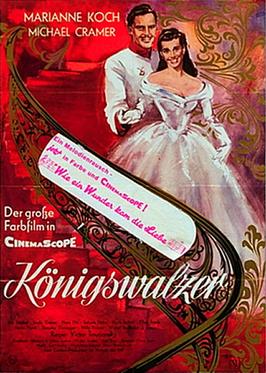
The Royal Waltz is a 1955 West German musical film romance film directed by Victor Tourjansky starring Marianne Koch, Michael Cramer and Linda Geiser. It is a remake of the 1935 film of the same name, part of the tradition of operetta films. It was shot at the Bavaria Studios in Munich and the Carlton Studios in the same city. Location shooting took place in Munich's Englischer Garten and Nymphenburg Palace. The film's sets were designed by the art director Hermann Warm.
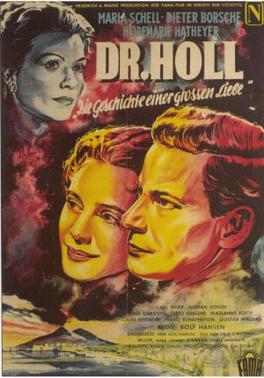
Dr. Holl is a 1951 West German drama film directed by Rolf Hansen and starring Maria Schell, Dieter Borsche and Carl Wery. At the 1st Berlin International Film Festival it won the Certificate of Honour award. It was shot at the Bavaria Studios in Munich and on location in Rome and around Sorrento and the Gulf of Naples. The film's sets were designed by the art director Robert Herlth.
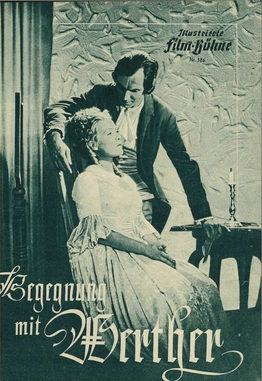
Encounter with Werther is a 1949 West German historical drama film directed by Karl-Heinz Stroux and starring Horst Caspar, Heidemarie Hatheyer and Paul Klinger. It is based on the writing of the 1774 novel The Sorrows of Young Werther by Johann Wolfgang von Goethe. It was released to commemorate the writer's second hundredth birthday in August 1949.

Red Orchids is a 1938 German crime film directed by Nunzio Malasomma, starring Olga Chekhova, Albrecht Schoenhals and Camilla Horn.

Love and Trumpets is a 1954 West German musical comedy film directed by Helmut Weiss and starring Hans Holt, Nadja Tiller and Marianne Koch. It was shot at the Bavaria Studios in Munich and on location around Sirmione on Lake Garda in Italy. The film's sets were designed by the art director Ludwig Reiber.

The Marriage of Doctor Danwitz is a 1956 West German drama film directed by Arthur Maria Rabenalt and starring Marianne Koch, Karlheinz Böhm and Heidemarie Hatheyer.
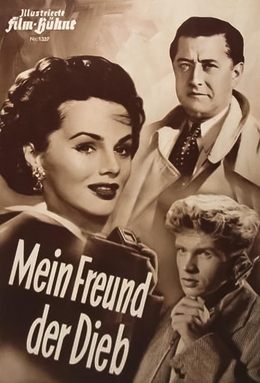
My Friend the Thief is a 1951 West German comedy film directed by Helmut Weiss and starring Hans Söhnker, Vera Molnar and Hardy Krüger. It was shot at the Göttingen Studios and on location around Hanover. The film's sets were designed by the art director Walter Haag.

The Monastery's Hunter is a 1953 West German historical drama film directed by Harald Reinl and starring Erich Auer, Marianne Koch and Paul Hartmann. It is based on the 1892 novel of the same title by Ludwig Ganghofer which had previously been made into a 1920 silent film and a 1935 sound film.
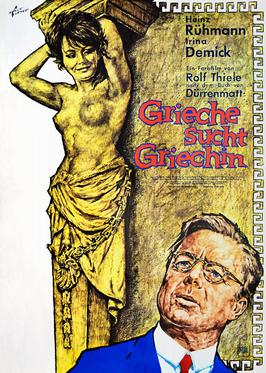
Once a Greek is a 1966 West German comedy film directed by Rolf Thiele and starring Heinz Rühmann, Irina Demick, and Charles Regnier. It is based on the 1955 novel of the same name by Friedrich Dürrenmatt.

This Man Belongs to Me is a 1950 West German comedy film directed by Paul Verhoeven and starring Winnie Markus, Gustav Fröhlich and Heidemarie Hatheyer. It was shot at the Bendestorf Studios outside Hamburg and on location in Hamburg. The film's sets were designed by the art director Erich Grave.
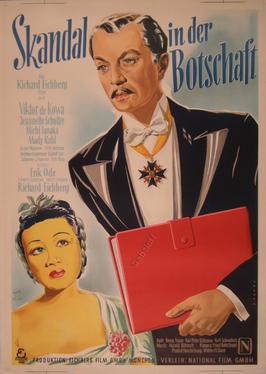
Scandal at the Embassy is a 1950 West German comedy film directed by Erik Ode and starring Viktor de Kowa, Jeanette Schultze and Michiko Tanaka.
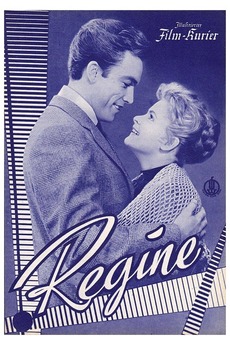
Regine is a 1956 West German drama film directed by Harald Braun and starring Johanna Matz, Erik Schumann and Horst Buchholz. It was shot at the Bavaria Studios in Munich. The film's sets were designed by the art directors Kurt Herlth and Robert Herlth.

The Years Pass is a 1945 German drama film directed by Günther Rittau and starring Heidemarie Hatheyer, Carl Kuhlmann and Werner Fuetterer. It was shot at the Althoff Studios in Berlin and on location around Garmisch-Partenkirchen in Bavaria. The film's sets were designed by the art directors Willy Schiller and Karl Vollbrecht.

The Little Residence is a 1942 German comedy film directed by Hans H. Zerlett and starring Winnie Markus, Johannes Riemann, and Lil Dagover.
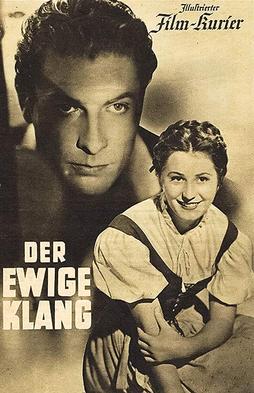
The Eternal Tone is a 1943 German drama film directed by Günther Rittau and starring Elfriede Datzig, Rudolf Prack and Olga Chekhova.

Immortal Light is a 1951 West German drama film directed by Arthur Maria Rabenalt and starring Rudolf Forster, Cornell Borchers and Volker von Collande. It was shot at the Bavaria Studios in Munich and on location in Paris. The film's sets were designed by the art directors Willi A. Herrmann and Heinrich Weidemann.

And Lead Us Not Into Temptation is a 1957 West German drama film directed by Rolf Hansen and starring Johanna Matz, Heidemarie Hatheyer and Gerhard Riedmann. It was shot at the Spandau Studios in Berlin and on location around Bolzano in Trentino. The film's sets were designed by the art directors Kurt Herlth and Robert Herlth.

Regimental Music is a 1950 German drama film directed by Arthur Maria Rabenalt and starring Heidemarie Hatheyer, Friedrich Domin and Siegfried Breuer. It was an Überläufer, a film made predominantly during the Second World War but not released until after the fall of the Nazi regime. It was based on the novel Die Schuld der Gabriele Rottweil by Hans Gustl Kernmayr and it sometimes known by this title. It was shot at the Bavaria Studios in Munich. The film's sets were designed by the art directors Rudolf Pfenninger and Ludwig Reiber. The film's direction was originally assigned to Georg Wilhelm Pabst before he was replaced by Rabenalt.




















